Reservoir Management
Reservoir in this context refers to any artificial pondage or lake used by the project for the storage and regulation of water. Reservoir management relates to the planning for and management of economic, social and economic issues within the reservoir area - the area which is inundated when the reservoir is at its maximum operational level - during project planning, project implementation, and operations of the hydropower facility.
Good practice relates to assessment, management and compliance activity at each stage of the project’s life cycle. During the preparation stage, assessments of issues relating to reservoir filling and operations should be embedded within the Environmental and Social Impact Assessment (ESIA) and should separately consider and inform construction and operation stage Environmental and Social Management Plans (ESMPs). Management actions taken during the project implementation stage might include controlling the rate of reservoir filling or carrying out a wildlife rescue programme.
Understanding good practice
By adopting good practice in this area, project owners and developers can help make sure that reservoir preparation, filling and operations are well-managed, taking into account construction, environmental and social management requirements, power generation operations, maintenance and multi-purpose uses where relevant.
International industry good practice in reservoir management for hydropower projects is defined in the Hydropower Sustainability Guidelines on Good International Industry Practice (HGIIP).
Assessing project performance
Two assessment tools are available to measure hydropower project performance:
In Hydropower Sustainability Assessment Protocol (HSAP), Reservoir Management is addressed in P-22 for the preparation stage, I-19 for the implementation stage and O-18 for the operation stage.
In Hydropower Sustainability ESG Gap Analysis Tool, Reservoir Management is addressed in Section 11.





